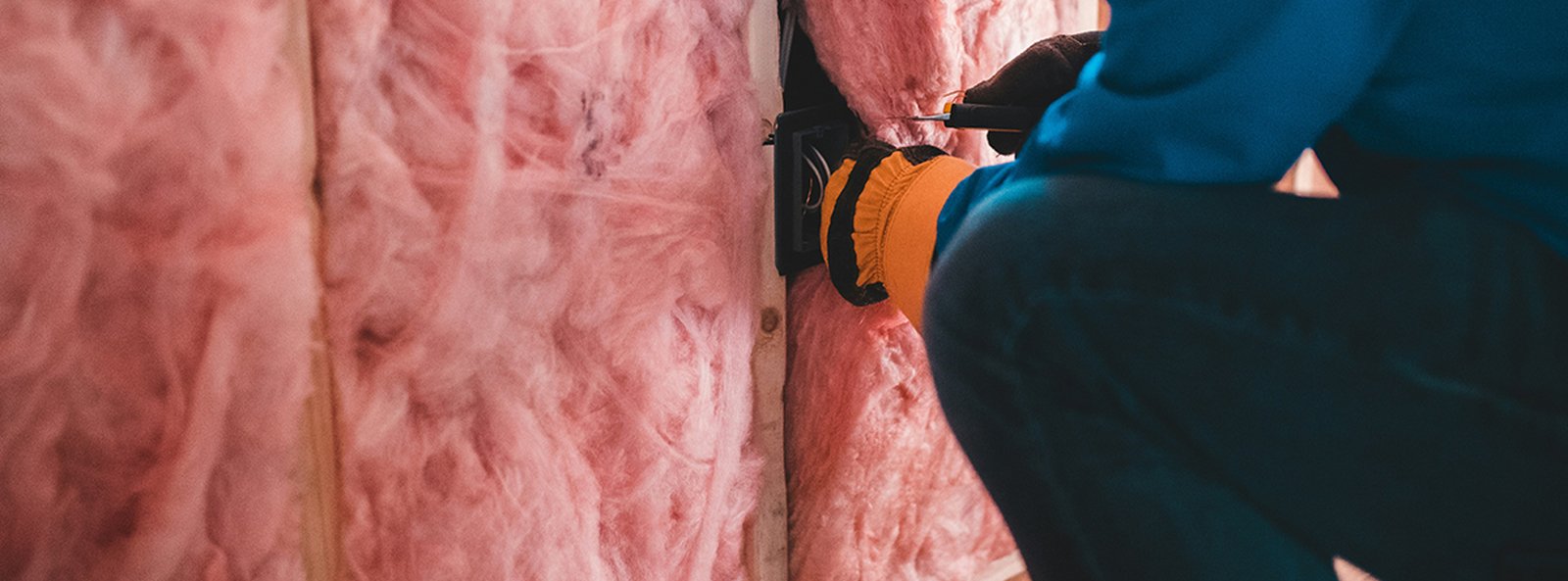Aside from adding draft excluders to doors or bundling up in blankets to save on heating costs during the winter, there are plenty of long-term, sustainable and cost-effective improvements you can make to your home or rental property.
These improvements help reduce your energy consumption and make your home more sustainable as you invest in long-term changes.
Here are our top 3 sustainable, cost-effective home improvements:
Loft Insulation
One of the simplest, most energy-efficient, and cost-effective ways to improve your home is through loft insulation. According to energy efficiency experts, you could be losing up to a third of your home’s heating through ineffective loft insulation, costing the average UK detached home hundreds of pounds annually.
For loft insulation to be effective, it should have a depth of at least 270 mm between and above the joists. Installing or upgrading loft insulation can lead to substantial savings on heating bills, making it a worthwhile investment.
Door Replacement
Aside from the roof, two of the biggest sources of heat loss in the home are single-glazed doors or solid material doors with low energy efficiency.
Replacing single glazing with double glazing or upgrading to composite doors designed to reduce heat transfer are effective ways to improve insulation and lower heating costs. If your doors were installed before 2002, it’s worth reviewing their energy efficiency rating, as they may have a low U-value, meaning they don’t effectively conserve heat.
Hot Water Tank Thermostat
Installing a hot water tank thermostat or checking your existing one for faults is a quick and easy way to ensure your hot water tank operates efficiently. A faulty thermostat can cause problems such as heating water beyond safe temperatures or failing to provide hot water when needed.
It’s best to employ a trained professional to check your thermostat and boiler’s efficiency safely. An expert can assess these in under 30 minutes, ensuring your system operates correctly without risk.
Planning for sustainability
While these changes can save you money long-term, the initial investment can be costly. Fortunately, there are several government schemes available in 2025 to help with energy-efficient home improvements:
Great British Insulation Scheme (GBIS): Provides funding for insulation improvements, such as loft and cavity wall insulation, for eligible homeowners.
Energy Company Obligation (ECO4): Helps low-income households improve home energy efficiency through heating upgrades and insulation.
Boiler Upgrade Scheme: Offers grants for installing heat pumps and biomass boilers to replace fossil fuel systems.
Warm Home Discount: A one-off discount of £150 on winter electricity bills for eligible household.
Local Authority Grants: Many councils offer additional financial support for energy-saving home improvements.
To check your eligibility and apply for these schemes, visit the relevant government or local authority websites. These initiatives can significantly reduce the upfront costs of making your home more energy-efficient while helping you save money on bills in the long run.
Read how changing to sustainable cleaning supplies can benefit you here, or our guide on environmentaly friendly flooring here.





